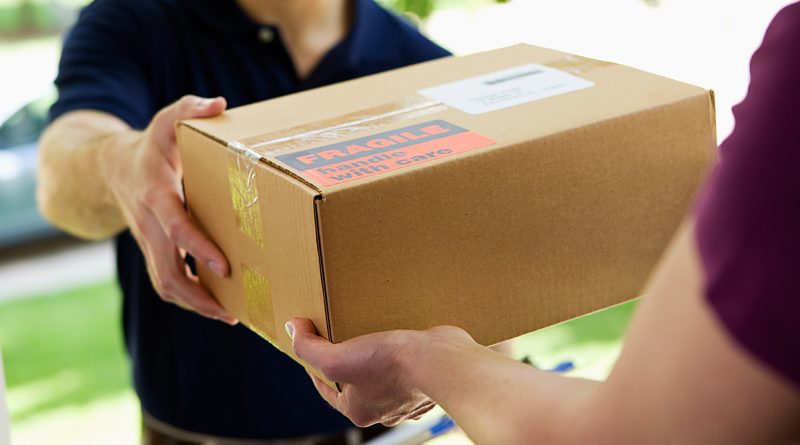Why Do Customers Return A Purchase?
Understanding your customers is the most important goal if you run a business. No matter if you’re in the brick-and-mortar or e-commerce business, customer satisfaction should be your top focus.
Having good relationships with your customers can help you understand what inspires them. Moreover, it will help you establish a great business strategy. Therefore, you must know their likes and dislikes along with many other details.
You must understand why they prefer particular things over others. And one of the most important points down this line is why consumers sometimes return their purchases.
Reasons why customers return purchases
We all pretty much live in an era where we don’t need to go to the mall to shop, right? Why step outside when we can do it all online. However, online stores receive the highest returns of any brick-and-mortar business.
This frequently occurs as a result of our haphazard online shopping habits. In truth, buyers have a variety of reasons for returning an item, some of which can appear strange. However, the most common explanations can be broken down into a few categories.
Here are 4 examples, as well as how you can prevent this from happening to you. Read on to find out.
#1. Purchasing the wrong item or changing their mind
One of the most common reasons for customers returning their goods is because they buy the wrong item. Alternatively, they can experience a change of mind after getting the delivery. Customers often alter their minds after receiving an item since it does not appear to be what they expected.
Likely, we’ve all done it. However, there’s little you can do to prevent a consumer from feeling differently after receiving their purchased item. In fact, you won’t be able to prevent every blunder they make.
However, you can make sure that all the information about your product on your website is clear, accurate, and full. This will cut any future issues. This way, the customer will know exactly what they’re buying. Of course, this won’t completely end the reason for the return. However, providing your customer with detailed information will help to prevent such situations to a great extent.
#2. Getting the wrong item delivered
If you’ve never gotten the wrong package delivered to you, you might be wondering how common this is. It’s more prevalent than you may believe. Large shops like Office Depot and Amazon have done it as well.
It takes just one minor error at any point of the pick, pack, or ship process. And it leads your customer to open their desired box only to discover a curious item they never purchased. We understand how frustrating it is!
Obviously, the customer will contact you. However, consider yourself fortunate if they even consider a return. The Federal Trade Commission states that billing a customer for a purchase they never made, even if they ordered something else, is against the law.
As a result, your customer has no legal obligation to return the product. They almost always do so. Moreover, when they do, you’ll be responsible for both handling and shipment costs. As a result, it’s preferable to stay as far away from such situations as possible.
#3. Receiving damaged or defective product
Accidents happen all the time during shipment. Even if you send out a perfect item, the worst that can happen is that it arrives smashed. If you receive a lot of criticism concerning broken products, it’s essential to assess the packing technique. See what the items go through and counteract it with better packaging steps.
Defective goods are another story. It acts as a reminder of the importance of inspecting our inventory and attempting to cull out products that fit this description. You should think about a few things if you have a big quantity of defective items that your customers return.
Moisture, temperature, and a variety of other environmental conditions can cause harm to different sorts of merchandise. So, you’ll need to take a closer look at your warehouse. Depending on what your business sells, implementing batch numbers can help you detect damaged product shipments.
#4. Purchase was postponed or the customer no longer required it
For a variety of reasons, customers can receive delayed purchases. Perhaps they required it for a special occasion. And that sadly passed before the item arrived. Or maybe they became impatient and eventually purchased it somewhere.
To avoid such situations, present your consumers with clear and real-time shipment information. Moreover, provide them with a tracking number, so that they know when their order will arrive.
Conclusion
Customers return their goods for a variety of reasons. We hope that after reading this article, you have a better grasp of some of the more common causes and are better prepared to address them.




